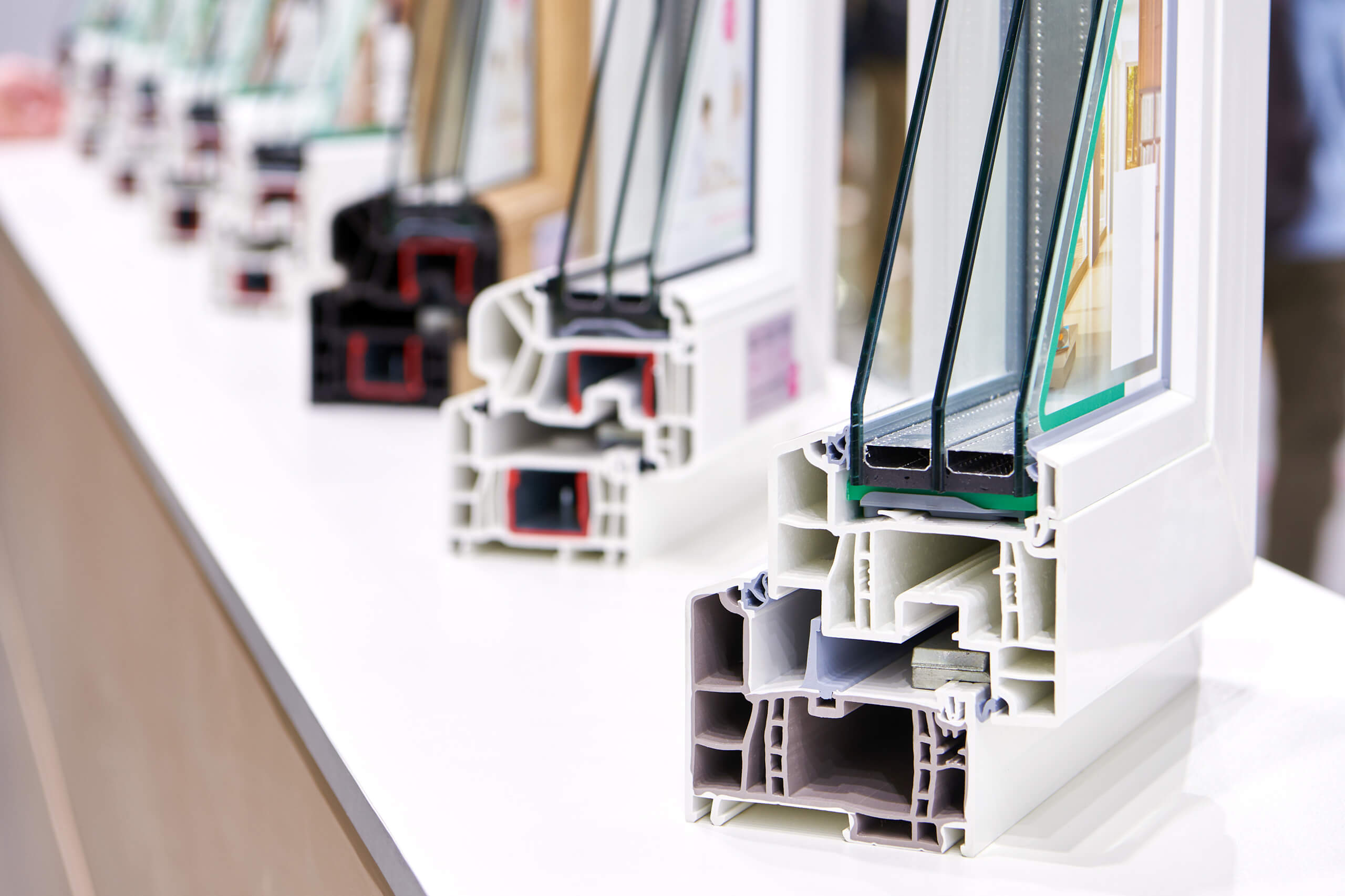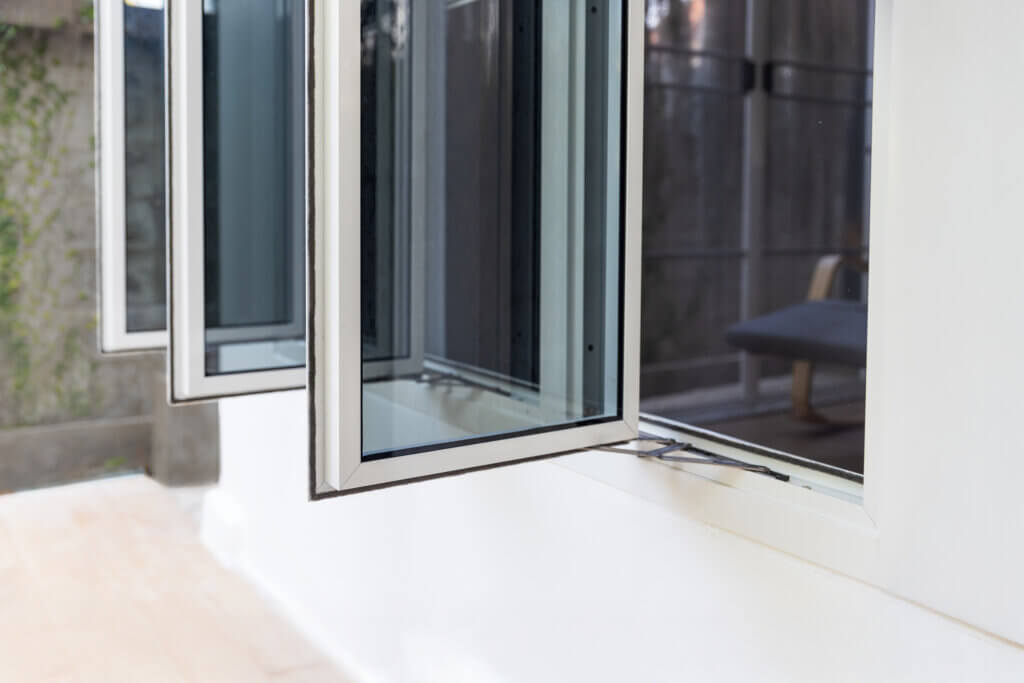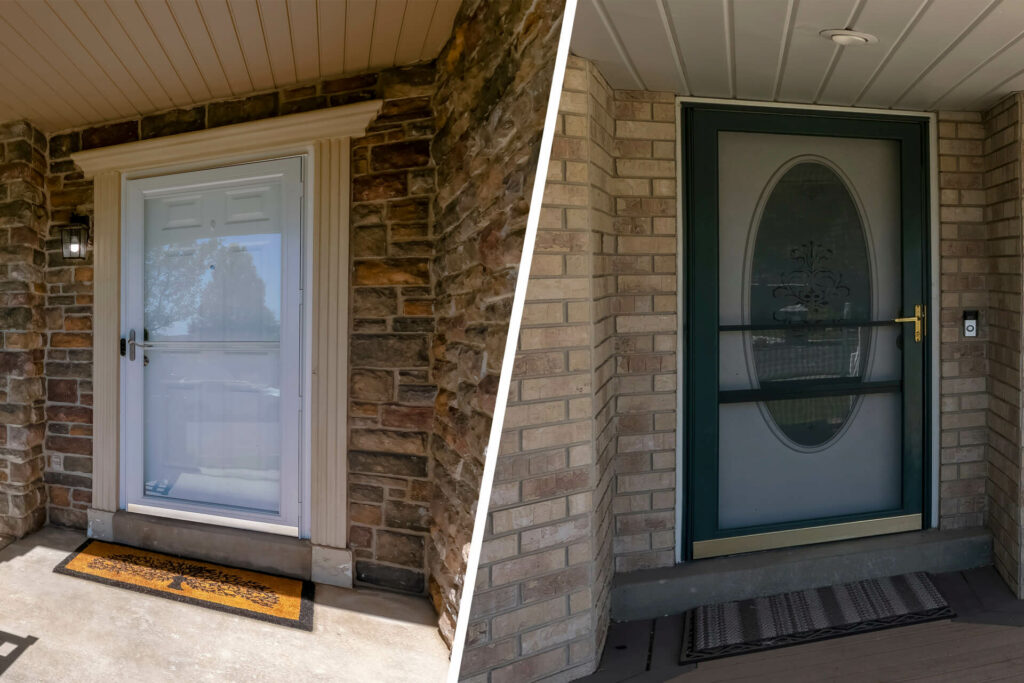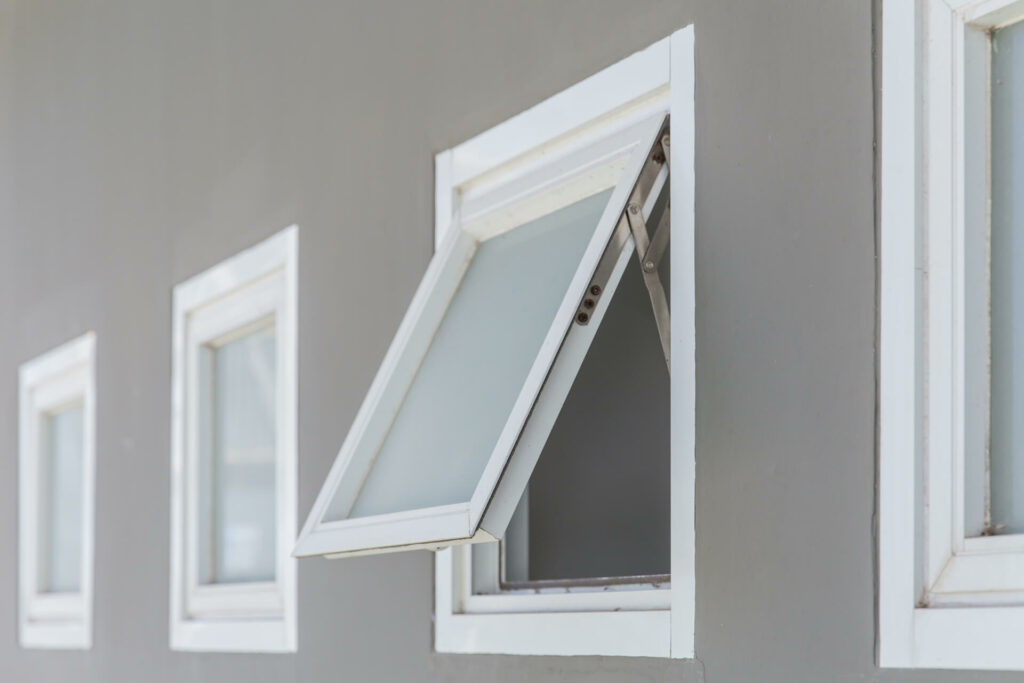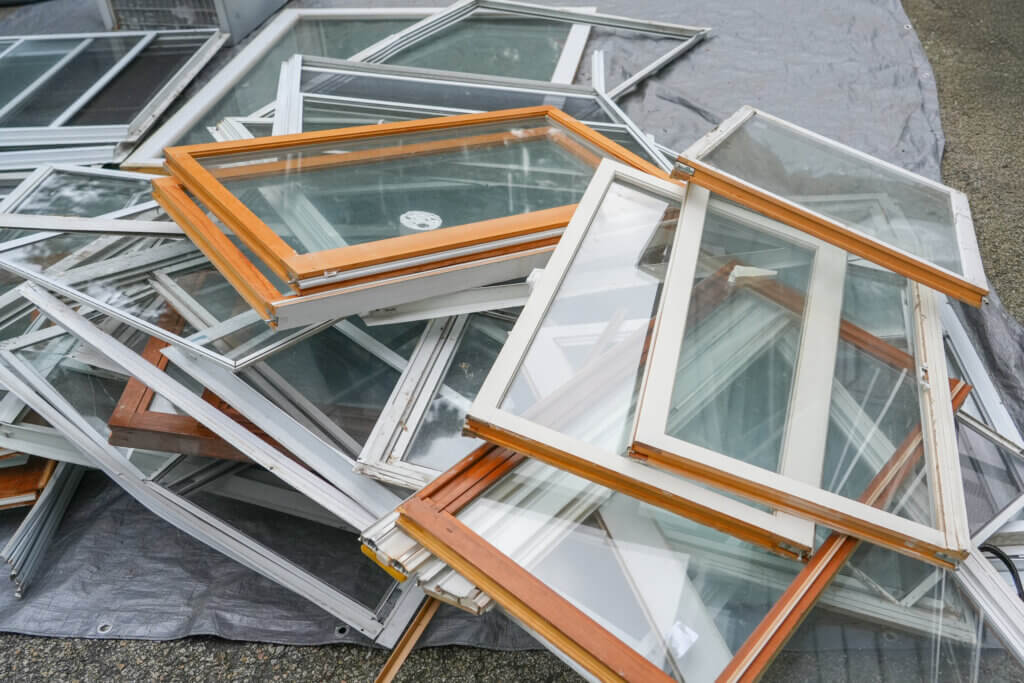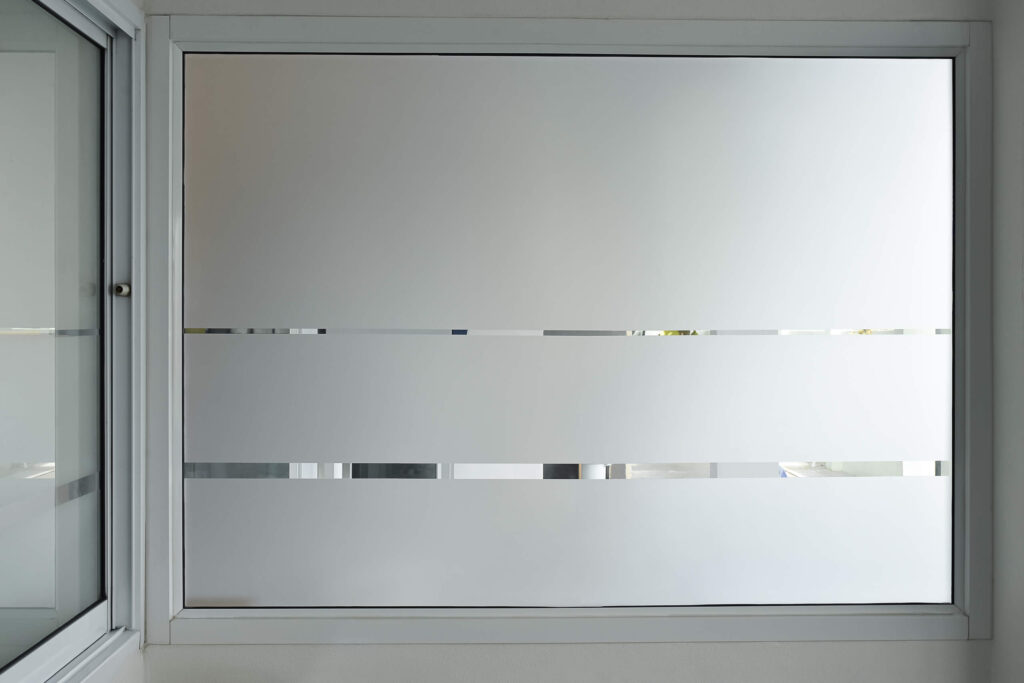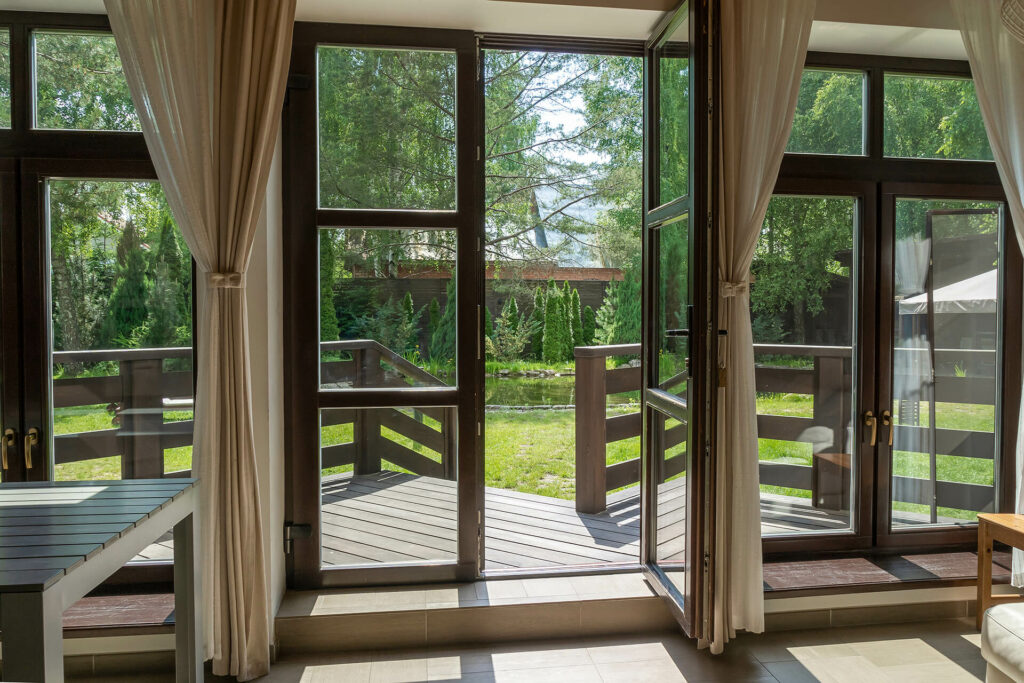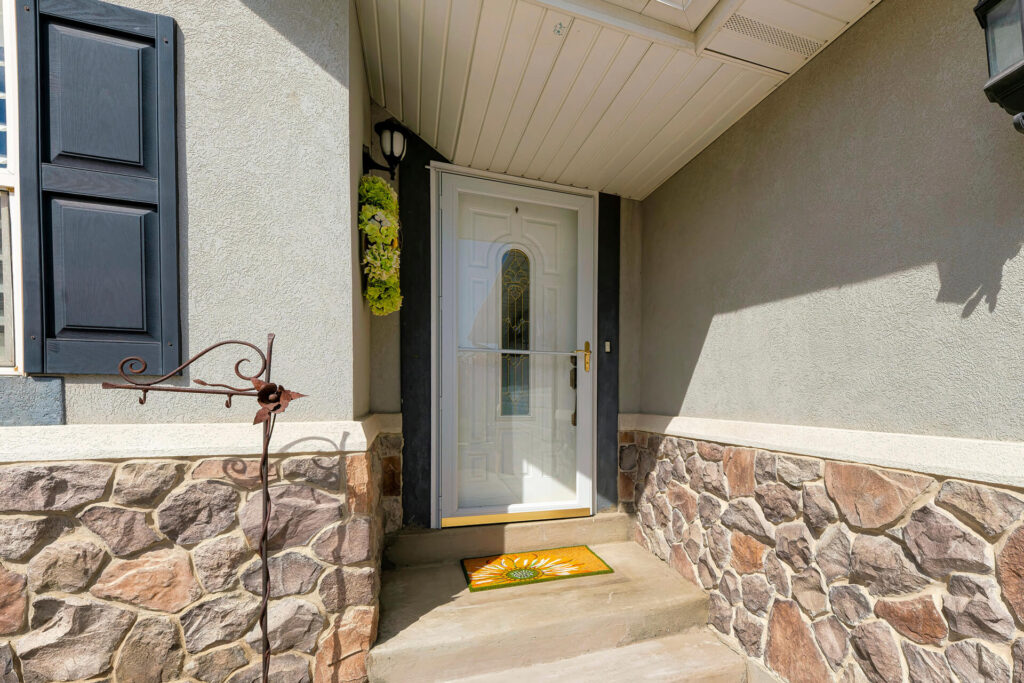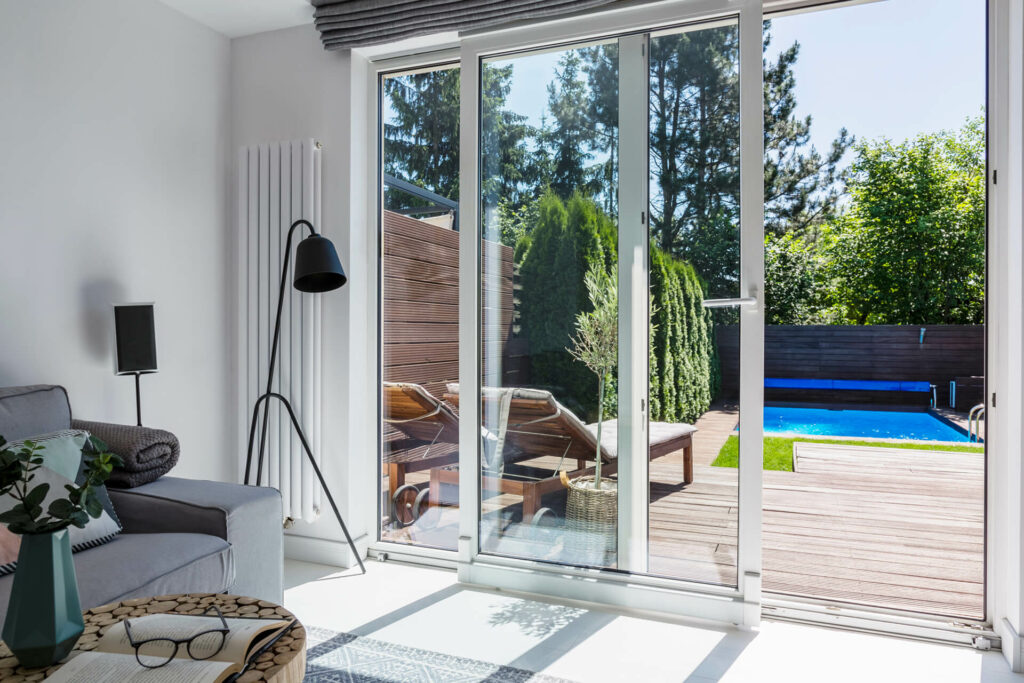Upgrading your windows or doors is one of the smartest ways to improve comfort, energy efficiency, and curb appeal, but it’s also a significant investment. Unfortunately, many homeowners make avoidable mistakes when buying new windows or doors, which can lead to unnecessary issues or frustration. Whether you’re in Regina, Saskatoon, or anywhere in between, here’s what to watch out for.
Not Considering Energy Efficiency Ratings
Saskatchewan winters are no joke. Choosing windows and doors without checking their energy efficiency can lead to high heating bills and uncomfortable drafts. Look for products that meet or exceed ENERGY STAR® certification for Zone 3. Check U-values (the lower, the better) and consider Low-E coatings and argon gas fills for added performance.
Ignoring Local Climate and Building Codes
What works in Vancouver or Florida won’t necessarily work on the Prairies. Building codes in Saskatchewan require egress-compliant bedroom windows, safety glazing near floors or doors, and minimum energy efficiency standards. Even if you do not need a permit, non-compliant products could cause problems down the line with resale, or inspections.
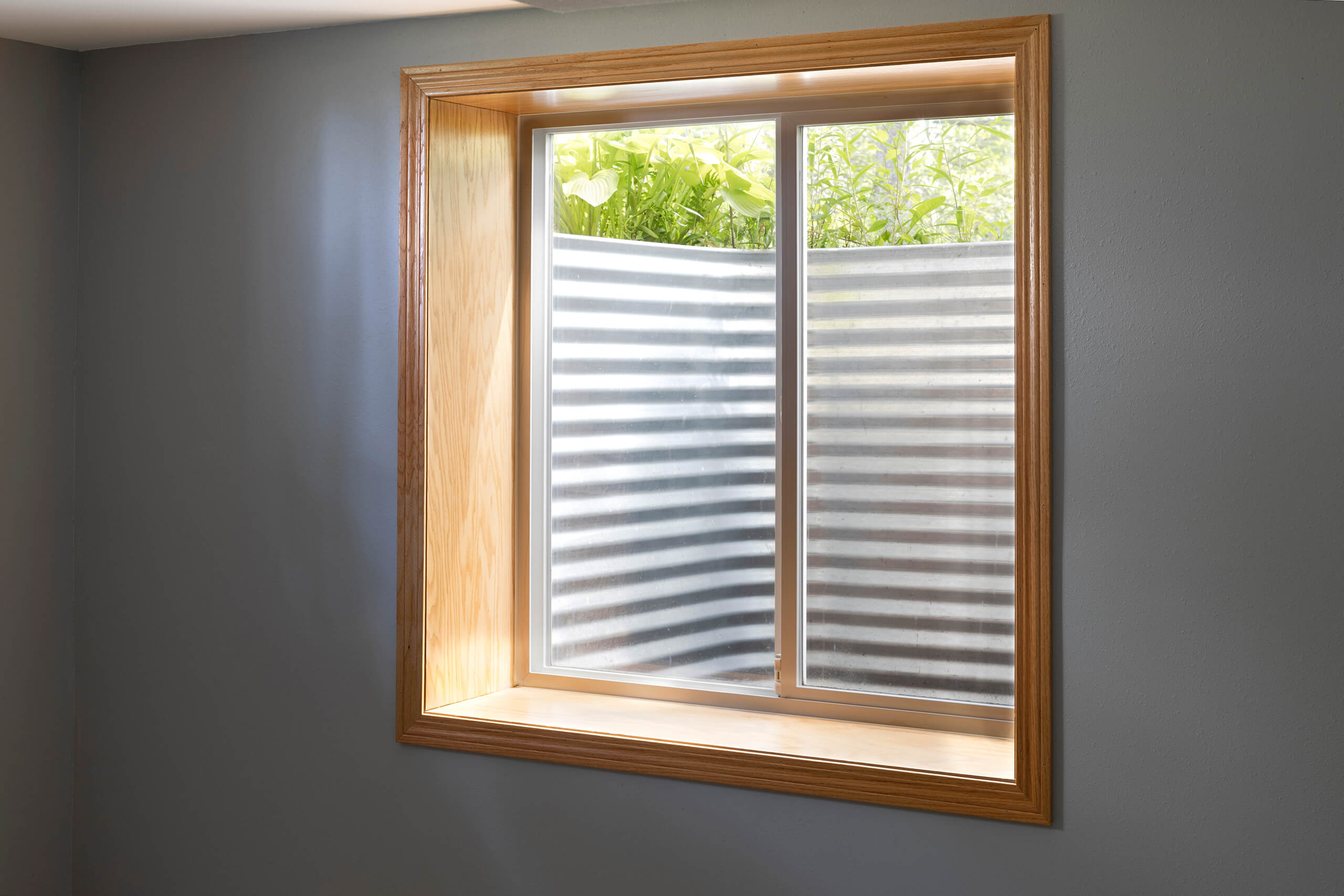
Choosing Style Over Function
A modern window or trendy French door might look great, but it needs to fit the space and your lifestyle. For example, casement windows above a kitchen sink may be hard to open, and double doors in a tight hallway may interfere with furniture. Prioritize how it will be used daily, not just how it looks in the catalogue.
Overlooking Installation Quality
A high-end window or door can still perform poorly if it’s not installed correctly. Hiring unqualified installers or attempting DIY without experience often leads to air leaks, moisture damage, and even voided warranties. Ask if your installer follows national installation standards (CSA A440.4) for airtightness and water protection, and always verify their credentials.
Not Asking About Warranty Coverage
Don’t assume that all warranties offer the same protection. Look for both product and installation warranties. Product warranties should cover issues like seal failure and material defects. Installation warranties should guarantee workmanship. Ask for the terms in writing and review them carefully.
Failing to Account for Long-Term Maintenance
Materials vary widely in terms of upkeep. Wood offers natural beauty but requires regular sealing or painting. Vinyl and fibreglass offer low-maintenance alternatives that hold up better in harsh weather. Ask about expected upkeep so you’re not caught off guard a few years down the road.
Skipping the Site Assessment or Measurement Check
Ordering windows or doors without a professional site visit is risky. Structural issues, out-of-square openings, or unexpected framing damage are common in older homes. A proper assessment ensures accurate sizing, avoids surprises, and prevents installation delays.
Not Factoring in All Costs
The sticker price rarely reflects the full cost. Removal and disposal of old units, interior and exterior trim, finishing materials, hardware, and potential wall repairs can all add up if required. Ask for a detailed quote and be wary of unusually low bids that may leave out critical items.
Ignoring Soundproofing or Privacy Concerns
In a busy neighbourhood or near a high-traffic road, soundproofing matters. Triple-pane or laminated glass can significantly reduce outdoor noise. If privacy is a concern, consider frosted or tinted glass, internal blinds, or smart glass options.
Delaying the Upgrade Until Major Issues Arise
Waiting until your windows leak or your door warps can lead to costly repairs. Early signs like drafts, condensation between panes, or sticky operation often signal it’s time for replacement. Acting proactively helps spread out costs and prevent damage to surrounding areas.
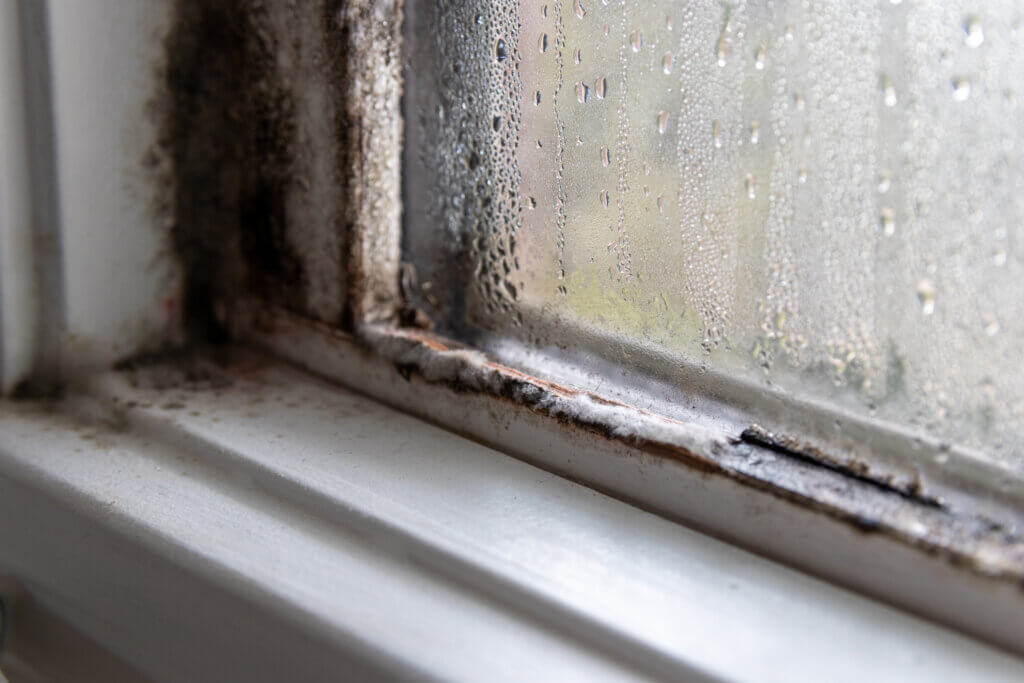
Buying the Wrong Type of Window for the Job
Some homeowners unknowingly purchase new-construction windows with nailing fins from big box stores, thinking they’re suitable for replacements. These are designed for use in new builds or full renovations where the siding or wall assembly is exposed. For most home upgrades, retrofit windows are the better option. They fit into the existing frame with minimal disruption. Choosing the wrong type leads to unnecessary demolition, added labour, and potential water ingress, making this one of the costliest windows buying mistakes of all.
Conclusion
Window and door replacements can add value, comfort, and efficiency, but only if done right. Avoiding these common windows and doors buying mistakes starts with informed planning, proper product selection, and expert installation. When in doubt, consult a local contractor who understands the nuances. A little homework now can save you thousands later.

